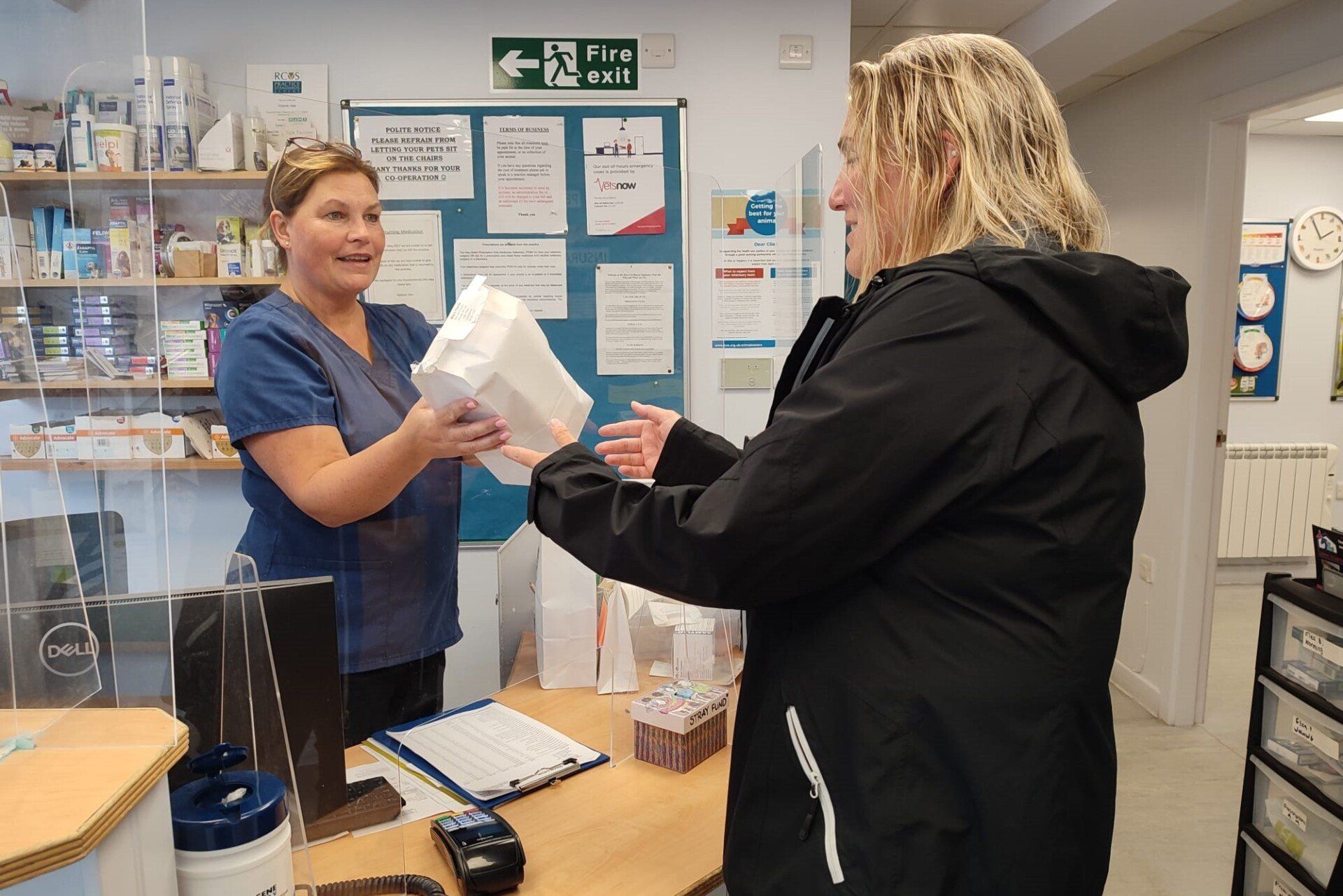Adverse Events and Pharmacovigilance
Pharmacovigilance: the science and activities behind detecting, assessing, and preventing adverse effects of veterinary medicines
Reporting suspected lack of expected efficacy for companion animal parasiticides
Although anecdotal concerns over potential resistance to commonly used small animal parasiticides have been raised, there is currently no objective evidence to indicate that resistance to these medications is occurring. Therefore, developing a better understanding of potential resistance to these types of veterinary medicines is a priority.
Take Home Message
SLEE reporting is essential for monitoring the effectiveness of treatments and for developing an objective evidence base to better understand any potential issues. The VMD welcomes reports of any suspected lack of expected efficacy and encourages vets and pet owners to report their concerns to the Marketing Authorisation Holder.




